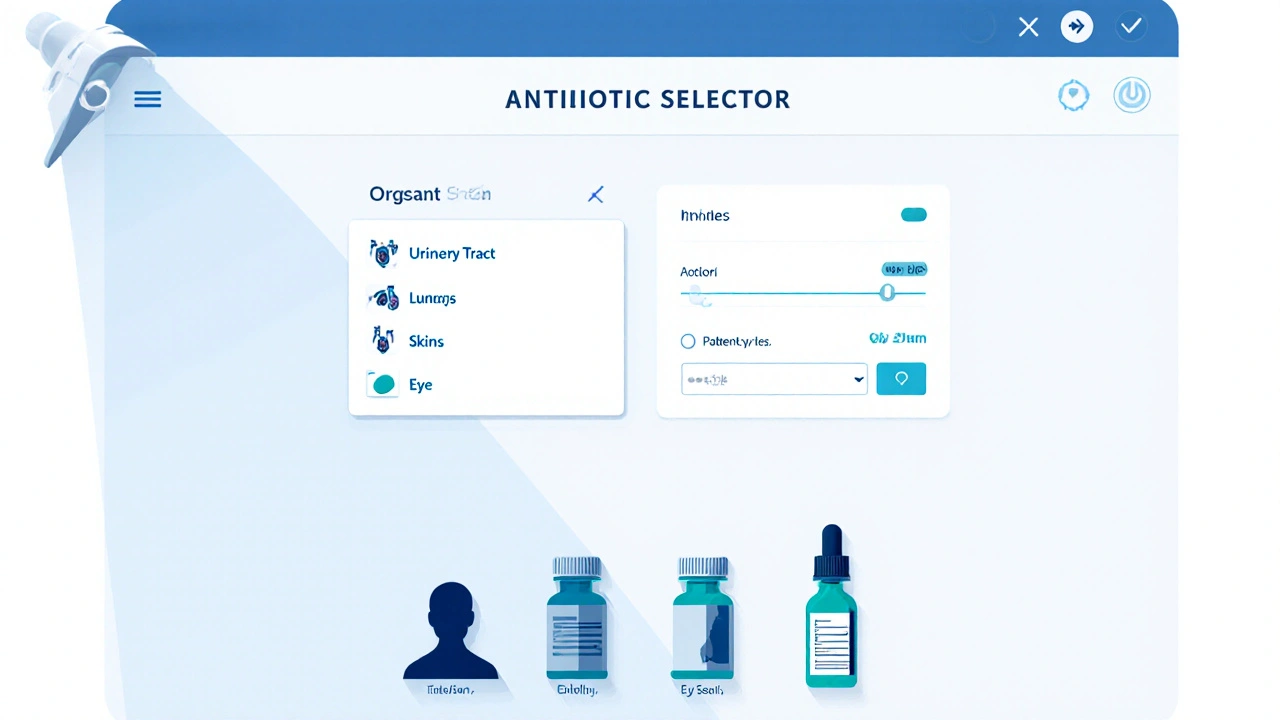Baycip Comparison: Uses, Alternatives, and Buying Safely
When looking at Baycip, the branded form of ciprofloxacin, a fluoroquinolone antibiotic used for respiratory, urinary, and skin infections. Also known as Ciprofloxacin, it offers a broad‑spectrum kill‑off of bacteria. Baycip comparison matters because the drug’s strength, side‑effect profile, and cost can vary dramatically from other options. Understanding these differences helps you avoid unnecessary risks and saves money.
One of the most common alternatives is generic ciprofloxacin, a non‑branded version that contains the same active ingredient and works just as effectively. The generic usually costs less, but you still need to watch for formulation differences that affect absorption. Another key player is antibiotic resistance, the growing ability of bacteria to survive drug treatment, which can limit Baycip’s usefulness if overused or misused. Monitoring resistance patterns lets physicians choose the right drug and dose for each infection.
Buying your medication from a reputable online pharmacy, a licensed digital retailer that verifies prescriptions and follows safety standards is vital. A legitimate site checks your prescription, displays clear pricing, and ships in secure packaging. Scams often hide behind fake discounts, so always confirm the pharmacy’s credentials before you click ‘buy’.
Key Factors to Consider When Comparing Baycip
First, look at the infection type. Baycip shines in treating acute bronchitis, uncomplicated urinary tract infections, and certain skin wounds. If you have a chronic or resistant infection, doctors might prefer a different class, such as a macrolide or a carbapenem, because those drugs target resistant strains better.
Second, evaluate the dosage schedule. Standard Baycip dosing is 500 mg twice daily for adults, but the exact amount changes with kidney function, age, and severity. Too low a dose can foster resistance; too high can raise the risk of tendon rupture, a known fluoroquinolone side effect. Always follow the physician’s instructions and never adjust the regimen on your own.
Third, weigh side effects against benefits. Common reactions include nausea, headache, and mild diarrhea. Rare but serious events—like tendonitis, peripheral neuropathy, or heart rhythm changes—require immediate medical attention. If you have a history of these issues, discuss alternative antibiotics before starting Baycip.
Fourth, compare costs. The brand name Baycip often carries a premium price tag, while generic ciprofloxacin can be up to 70 % cheaper. Insurance plans may cover the generic more fully, so check your benefits. When buying online, factor in shipping fees and potential handling charges.
Fifth, consider drug interactions. Baycip can amplify the effects of blood thinners, increase caffeine sensitivity, and interfere with antacids that contain magnesium or aluminum. A quick medication review with your pharmacist can prevent unwanted interactions.
Lastly, think about patient convenience. Baycip comes in tablets, oral suspension, and eye‑drop forms. If you need a pediatric dose, the suspension might be easier to swallow. For eye infections, the drop formulation delivers the drug directly where it’s needed, bypassing systemic exposure.
Putting these pieces together creates a clear picture: Baycip is a powerful tool for many bacterial infections, but it isn’t a one‑size‑fits‑all solution. By comparing its efficacy, safety, cost, and availability with generic alternatives, you can choose the most appropriate therapy for your situation.
Below you’ll find a curated list of articles that dive deeper into specific aspects of Baycip and related topics—ranging from side‑effect management and dosage calculators to guides on buying cheap generics safely. Browse the collection to get actionable insights that match your health needs and budget.

Baycip (Ciprofloxacin) vs Alternatives: Comprehensive Comparison Guide
A detailed guide comparing Baycip (ciprofloxacin) with common antibiotic alternatives, covering effectiveness, side effects, suitability, and a decision checklist.
Continue Reading



